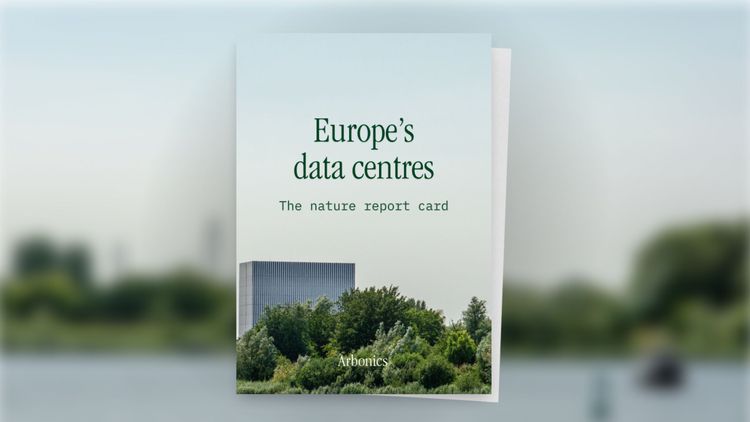What are carbon credits and what makes one high quality?

Working in the climate sector, it can be really easy to get lost in jargon and sector-specific terms. But sometimes, it’s important to go back to the basics. So let’s go through what carbon credits actually are, explained in a variety of ways.
As a basic definition, a single carbon credit means 1 tonne (1000kg) of CO2 (or equivalent) emissions which have been either stored (sequestered) or avoided.
Explain like I am 5: What are carbon credits?
Thank you ChatGPT for helping us finetune this answer!
Carbon credits are a way to help the Earth by reducing the amount of harmful gases in the air. These gases are called greenhouse gases, and they can make the Earth too hot.
Sometimes, we do things that create greenhouse gases, like driving our cars or flying in planes. Carbon credits help us offset these greenhouse gases by allowing us to pay for projects that reduce or remove greenhouse gases from the air.
For example, we could buy carbon credits from an afforestation project, which is a place where people plant trees to create new forests. Trees absorb carbon dioxide from the air as they grow, so by planting trees we can help reduce greenhouse gases.
By buying carbon credits, we are helping to reduce greenhouse gases and make the Earth a healthier place for everyone.
 A Midjourney image of a forest capturing carbon
A Midjourney image of a forest capturing carbon
What makes a high-quality carbon credit?
There are 5 key features that define the quality (or lack thereof) of a carbon credit.
- Additionality: A carbon credit should represent a reduction in greenhouse gas emissions that would not have happened without the project generating the credit. This means that the project is "additional" to what would have occurred in the absence of the project.
- Permanence: This is how long carbon is tied up for, and what its risk of reversal (i.e. being re-released into the atmosphere) is. A high-quality credit should have high permanence (which means the carbon should be tied up for a long time.) Read more on permanence here.
- Verification: A carbon credit should be independently verified by a third party to ensure that it represents a genuine reduction in greenhouse gas emissions. This helps to ensure the integrity and reliability of the credit. Read more about key verifiers like Verra here
- Transparency: A carbon credit should be transparently tracked and accounted for to ensure that it is not double-counted or misused. This helps to ensure that the credit is used appropriately and that it represents a real reduction in emissions.
- Positive impact: A high-quality carbon credit should also positively impact local communities and the environment. This might include things like preserving natural habitats or creating jobs for the local community.
All of these factors are key for ensuring a credit reflects real, actual carbon sequestration (or avoidance), as is not simply an exercise in greenwashing.
How are carbon credits created?
Carbon credits can be created by storing carbon, or by avoiding emitting more CO2 (this second type is more controversial and some experts argue that avoidance-type credits should not be allowed to be used for offsetting).
There are a number of ways we take CO2 from the atmosphere, convert it to carbon, and store it (i.e. generate removal-type carbon credits):
- Nature-based carbon sequestration - this refers to storing carbon in forests, soils, and coastal/marine ecosystems. It can be achieved by activities such as afforestation (planting new forests), growing kelp; or changing farming practices.
- Technology-based carbon sequestration - this refers to activities such as direct air capture (DAC), which uses solid or liquid absorbents (materials that essentially attract CO2 and tie it up on contact)
Avoidance-type carbon credits can be generated through a variety of projects that reduce emissions, such as:
- Building new renewable energy plants
- Increasing the efficiency of buildings
- Reducing emissions from waste through reuse, recycling or better waste handling
- Avoiding deforestation and land degradation
- and many more

For these positive actions to actually generate carbon credits, they have to be validated and certified by a 3rd-party carbon credit standard, such as Verra or Gold Standard.
What is a carbon credit worth?
Like any item you can buy or sell, the price of a carbon credit is defined by the market - as a function of supply and demand (similar to other financial instruments, such as stocks!). What makes carbon credits a little harder to price vs. something like Google stock is that carbon markets are fragmented - i.e. there are lots of different marketplaces where carbon credits are traded.
Additionally, different types of credits (e.g. avoidance credits vs. removal credits) are valued differently by potential buyers. Removal-type credits are generally higher-priced, because it is clear that they are actually taking CO2 out of the atmosphere. Furthermore, depending on the 5 quality factors we outlined previously, even similar credits (such as afforestation credits) might have different prices. For a more in-depth look at carbon credit pricing, see here.
Are there any other names / terms used for carbon credits?
In the voluntary carbon market, carbon credits are sometimes also referred to as:
- offsets - a term that refers to one of the traditional uses of carbon credits, compensating (or “offsetting”) emissions
- VCUs - this is a Verra-specific acronym, which stands for “verified carbon unit” and just means 1 Verra-certified carbon credit (i.e. still equivalent to 1 tonne of CO2e)
- carbon allowance - this refers to a unit of greenhouse gas (CO2 or other) emissions that is allowed under a cap-and-trade system, such as the European Union Emissions Trading System (EU ETS). Companies that exceed their allowance must purchase additional allowances or carbon credits to offset their excess emissions.
- carbon reduction certificates - usually refers to a certificate that verifies that a company or individual has reduced their carbon emissions or purchased carbon credits to offset their emissions
Where can I learn more about carbon credits?
We have created a few other explanatory articles to help you explore the world of voluntary carbon markets:
- What is the voluntary carbon market?
- What influences the price of carbon credits?
- How to earn carbon credits with afforestation
- An overview of key carbon credit registries: Who are Verra and Gold Standard?
Other sources that we think are great for better understanding carbon credits include:
- This basic overview from the Corporate Finance Institute
- McKinsey’s report on Scaling Voluntary Carbon Markets from January 2021


